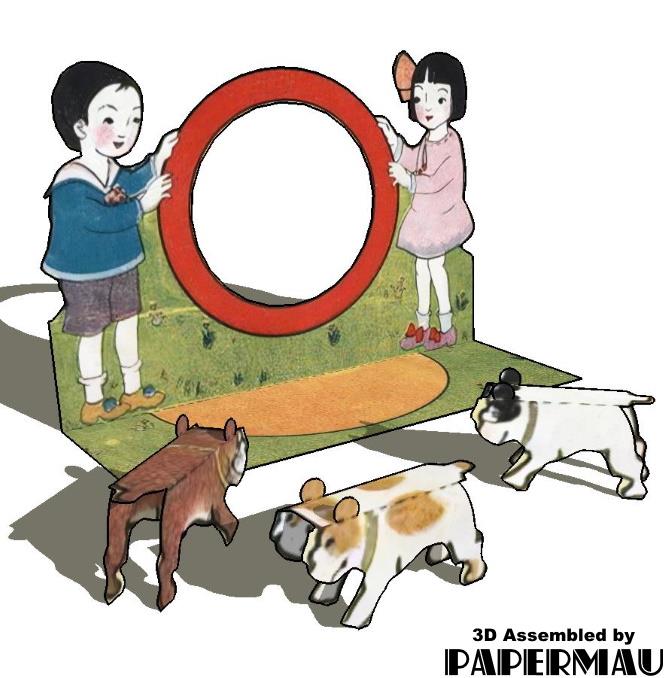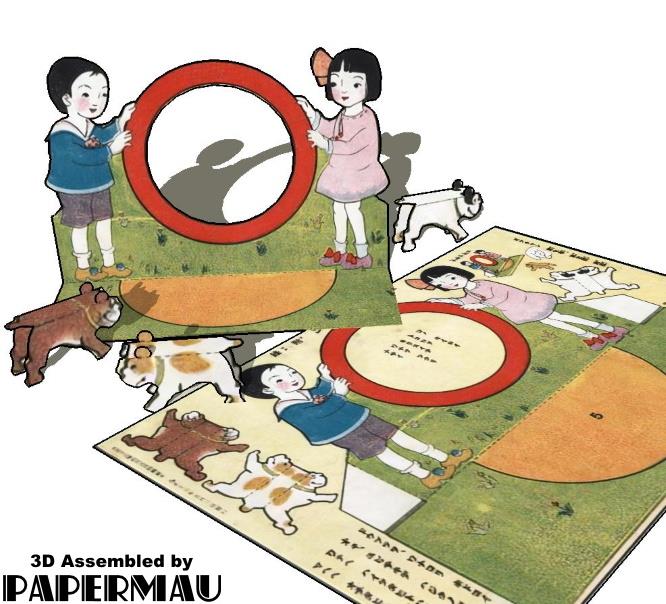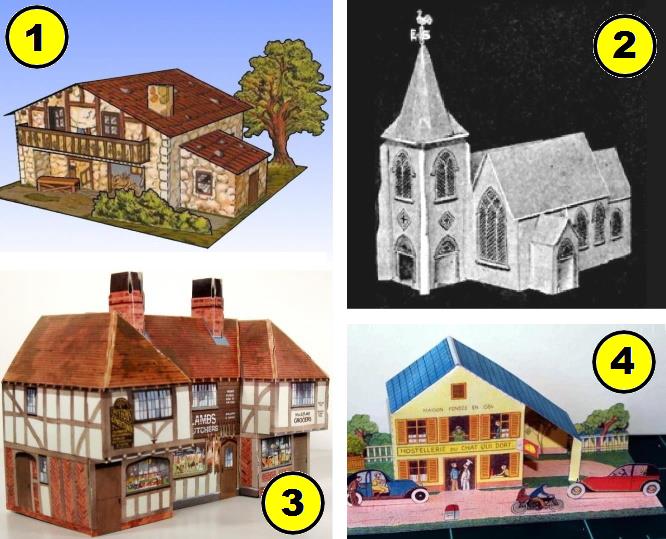Tuck DB, also known as Raphael Tuck & Sons, was a renowned English company specialized in the production of postcards and other decorative stationery products.
The company was founded by Raphael Tuck in London in 1866 and over the years, it became one of the most influential postcard publishers in the world.
Tuck DB was known for its emphasis on quality and art, producing high-quality postcards featuring creative illustrations and photographs, often depicting landscapes, urban scenes, celebrities, historical events, and works of art.
They were also known for their seasonal themed postcards, such as those for Christmas and Easter, which were popular among collectors.
One of Tuck DB's most famous products was the "Oilette" series, featuring vibrant illustrations and highly collectible. They also produced puzzle-shaped postcards and interactive cards that were popular among both children and adults. In addition to postcards, Tuck DB expanded its business to include calendars, illustrated books, and other stationery products.
The company maintained its reputation for high quality throughout its existence and received various awards and recognition for its art and design.
Unfortunately, Tuck DB is no longer in operation today. It closed its doors in the mid-20th century, but its rich history in the production of postcards and decorative stationery is still remembered and appreciated by collectors and art enthusiasts worldwide.
Postcards produced by Tuck DB are highly valued in the collectibles market, and many vintage specimens are of great interest to vintage stationery collectors.
The destruction of Tuck DB's archives during World War II was a regrettable event that resulted in the loss of a significant part of the company's history and its production of postcards and decorative stationery.
During World War II, London and other cities in the United Kingdom were subjected to intense aerial bombings by Nazi Germany. These attacks caused significant damage to the city's infrastructure and buildings, including many commercial and industrial structures.
Unfortunately, the headquarters of Raphael Tuck & Sons, along with its stock of postcards, illustrations, and other archival materials, were severely affected by the bombings. Historical records and a large portion of Tuck DB's archives were lost or irreparably damaged during these aerial attacks.
This represented a significant loss for the company and for the history of postcard and decorative stationery production, as many historical and valuable items were destroyed.
However, it is important to note that even after the destruction of its archives, Tuck DB attempted to continue its business after the war. The company persisted for some time but never fully regained its former glory and influence in the postcard market.
Despite this historical loss, many specimens of Tuck DB's postcards have survived and are now in the hands of private collectors, museums, and institutions dedicated to preserving history.
These remaining items help keep alive the memory of Tuck DB and its contribution to the world of art and decorative stationery from the 19th and 20th centuries.
A Tuck DB, também conhecida como Raphael Tuck & Sons, foi uma renomada companhia inglesa especializada na produção de cartões postais e outros produtos de papelaria decorativa.
A empresa foi fundada por Raphael Tuck em Londres, em 1866, e ao longo dos anos, tornou-se uma das editoras de cartões postais mais influentes do mundo.
A Tuck DB era conhecida por sua ênfase na qualidade e na arte, produzindo cartões postais de alta qualidade que apresentavam ilustrações e fotografias criativas, muitas vezes retratando paisagens, cenas urbanas, celebridades, eventos históricos e obras de arte.
Eles também eram conhecidos por seus cartões postais temáticos sazonais, como os de Natal e Páscoa, que eram populares entre os colecionadores.
Um dos produtos mais famosos da Tuck DB era a série "Oilette", que apresentava ilustrações em cores vibrantes e era altamente colecionável.
Eles também produziram cartões postais em forma de quebra-cabeças e cartões interativos, que eram populares entre crianças e adultos. Além dos cartões postais, a Tuck DB expandiu seus negócios para incluir calendários, livros ilustrados e outros produtos de papelaria.
A empresa manteve sua reputação de alta qualidade ao longo de sua existência e ganhou vários prêmios e reconhecimentos por sua arte e design.
Infelizmente, a Tuck DB não está mais em operação hoje em dia. Ela fechou suas portas em meados do século XX, mas sua rica história na produção de cartões postais e papelaria decorativa ainda é lembrada e apreciada por colecionadores e entusiastas de arte em todo o mundo.
Os cartões postais produzidos pela Tuck DB são altamente valorizados no mercado de colecionáveis, e muitos exemplares antigos são itens de grande interesse para os colecionadores de papelaria vintage.
A destruição do acervo da Tuck DB durante a Segunda Guerra Mundial foi um evento lamentável que resultou na perda de uma parte significativa da história da companhia e de sua produção de cartões postais e produtos de papelaria decorativa.
Durante a Segunda Guerra Mundial, Londres e outras cidades do Reino Unido foram alvos de ataques aéreos intensos por parte da Alemanha nazista. Esses ataques causaram grandes danos às infraestruturas e prédios da cidade, incluindo muitos edifícios comerciais e industriais.
Infelizmente, a sede da Raphael Tuck & Sons, juntamente com seu estoque de cartões postais, ilustrações e outros materiais de arquivo, foi severamente afetada pelos bombardeios. Os registros históricos e grande parte do acervo da Tuck DB foram perdidos ou danificados irreparavelmente durante esses ataques aéreos.
Isso representou uma perda significativa para a empresa e para a história da produção de cartões postais e papelaria decorativa, uma vez que muitos itens históricos e preciosos foram destruídos.
No entanto, é importante notar que, mesmo após a destruição de seu acervo, a Tuck DB tentou continuar seus negócios após a guerra. A empresa persistiu por algum tempo, mas nunca recuperou completamente sua antiga glória e influência no mercado de cartões postais.
Apesar dessa perda histórica, muitos exemplares dos cartões postais da Tuck DB sobreviveram e estão agora nas mãos de colecionadores particulares, museus e instituições de preservação da história.
Esses itens remanescentes ajudam a manter viva a memória da Tuck DB e sua contribuição para o mundo da arte e da papelaria decorativa do século XIX e XX.




























